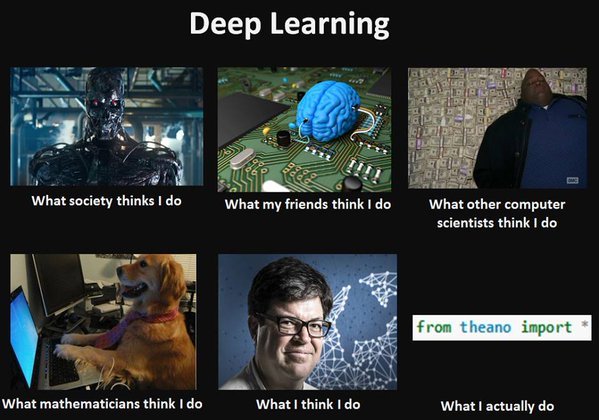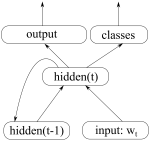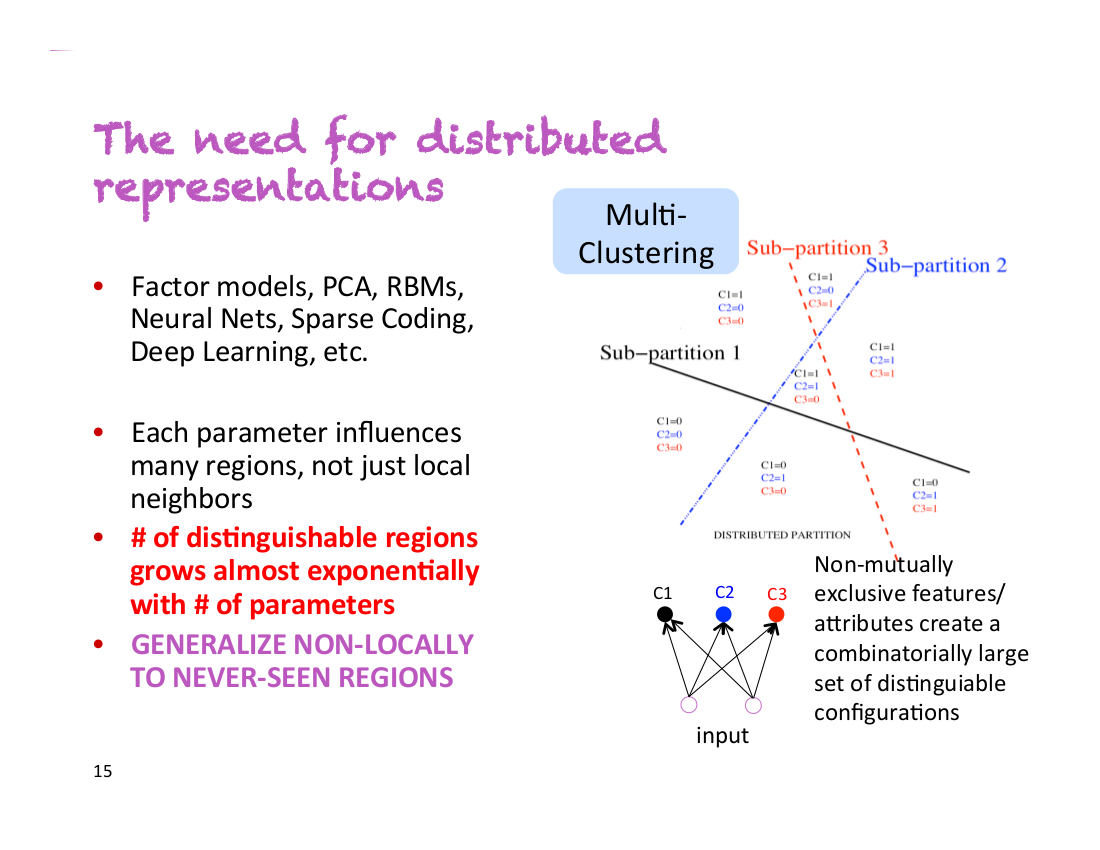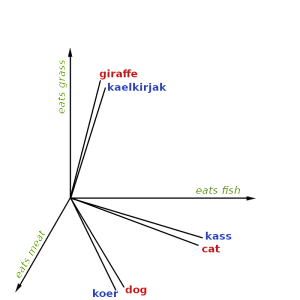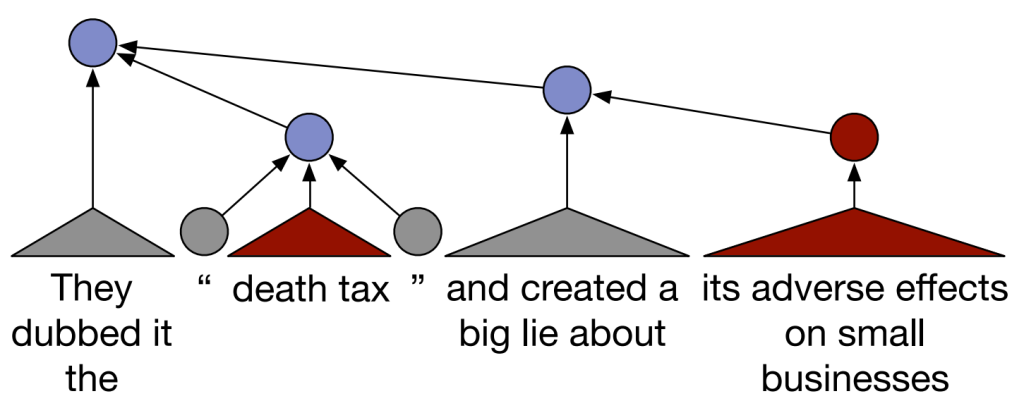It has been a very productive year for NLP and ML research. Both areas continued to grow, with conferences reaching record numbers of publications. In this post I will break these numbers down a bit more, by individual authors and organisations. The statistics cover the following venues: ACL, EMNLP, NAACL, EACL, COLING, TACL, CL, CoNLL, *Sem+SemEval, NIPS, ICML, ICLR. Compared to last year, I’ve now included ICLR which has grown very rapidly in the last two years and become a highly competitive conference.
The analysis is done automatically, by crawling publication information from the conference websites and ACL Anthology. Author names are usually listed in the proceedings and easily extractable, however the organisation names are more tricky and need to be extracted straight from the PDFs. I’ve created a number of rules to map together alternative names and misspellings, but let me know if you notice any errors.
Venues
First, let’s look at different publication venues between 2012-2017. NIPS is clearly heading off the charts, with 677 publications this year. Most other venues are also growing rapidly, with 2017 being the biggest year ever for ICML, ICLR, EMNLP, EACL and CoNLL. In contrast, TACL and CL seem to be keeping a constant number of publications per year. NAACL and COLING were notably missing from 2017, but we can look forward to both of them in 2018.
